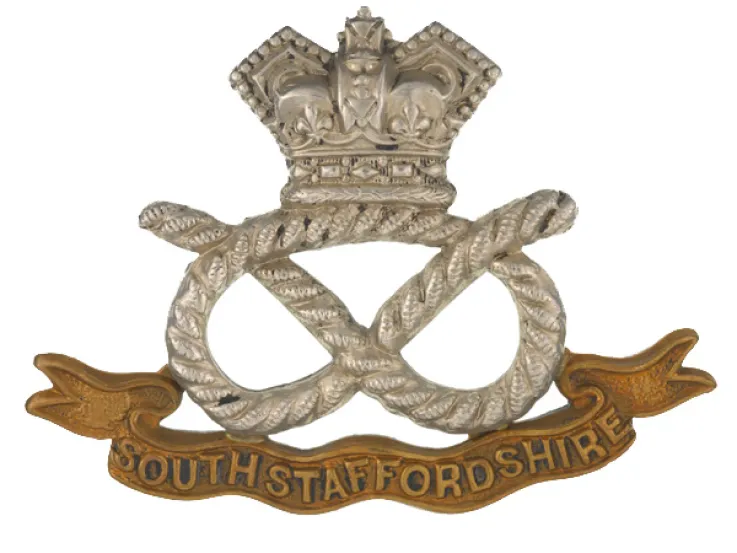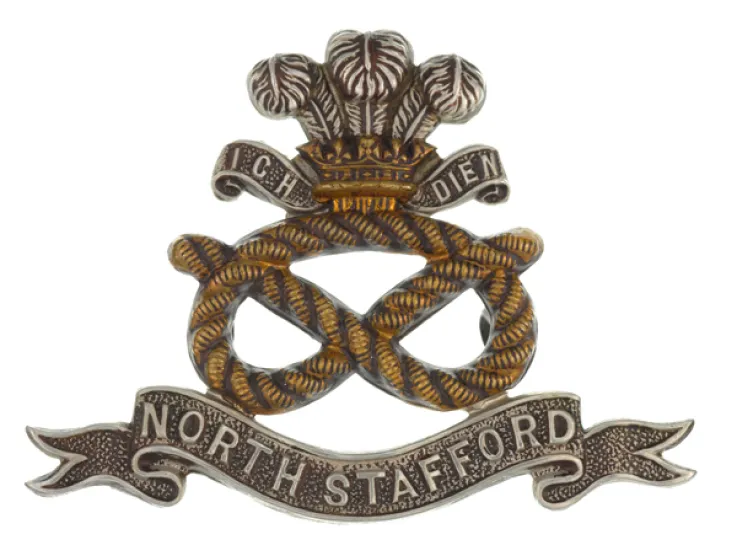Origins
This regiment was raised by William Caulfeild, 2nd Viscount Charlemont, in Ireland in 1701. It repeatedly returned there to re-recruit throughout its life.
Initially serving in the War of the Spanish Succession (1702-13) as marines, it was used in the abortive amphibious landing against Cadiz in 1702. It later took part in the Siege of Barcelona in 1705. The regiment was all but wiped out at Almanza in 1707, but had recovered by 1711 and joined the unsuccessful expedition to Quebec.
In 1715, it was charged by Jacobite Highlanders, while serving as part of the left wing at the Battle of Sheriffmuir. The regiment then remained on garrison duties in Ireland and England until 1739.
18th century wars
It was back on amphibious operations in the early 1740s, during the War of Jenkins’ Ear (1739-41), this time in the West Indies and at Cartagena on the north coast of Colombia. It returned to Europe in 1744 to garrison Ghent in the Netherlands during the War of the Austrian Succession (1740-48).
It sailed from there to Britain in 1745 and fought at Culloden the following year. A further Flanders campaign, from 1747 to 1749, included service in the Battle of Lauffeld (1747).
In 1751, the regiment gained the numeral 36, while garrisoning Gibraltar. Later in the 1750s, it was stationed on the Isle of Wight.
It was used in several raids on the French coast during the Seven Years War (1756-63). After that, except for a second spell in the West Indies from 1764 to 1773, it remained on home service until 1782. That year, it also gained its county association with Herefordshire.
India
In 1782, the regiment landed in Madras to begin ten years’ campaigning in India. It led the force that stormed Bangalore on 21 March 1791, during the Third Mysore War (1790-92). Following the outbreak of the French Revolutionary Wars (1793-1802), it also helped capture the French possession of Pondicherry in 1793.
The 36th sailed for home in 1798 and was raiding the coast of France again in 1800. This was followed by garrison duties in Ireland and Menorca. It then fought in Hanover in 1805, and in the South America campaign of 1806-07.
Peninsula
The regiment joined the first British actions in the Peninsular War (1808-14) at Rolica and Vimeiro in 1808, before evacuating from Corunna to England in 1809. Sir Arthur Wellesley (later the Duke of Wellington) noted the unit's behaviour at Vimeiro, calling it ‘an example to the Army’. Later that year, it took part in the unsuccessful Walcheren campaign.
The 36th returned to the Peninsula in 1811, remaining there until June 1814. Altogether, it won ten battle honours, including Salamanca (1812), Burgos (1812), Nivelle (1813) and Toulouse (1814). Occupation duties in France followed.
Garrison
For the next six decades, the regiment undertook garrison duties across the British Empire. This included postings in Malta, Corfu, Ireland, the West Indies, Canada, the Ionian Islands and India. Its final period of home service in England and Ireland came during 1875-80.
Legacy
As part of the 1881 British Army reforms, it was amalgamated with the 29th (Worcestershire) Regiment of Foot to form The Worcestershire Regiment.
Regimental museums
The National Army Museum works with a network of Regimental and Corps Museums across the UK to help preserve and share the history and traditions of the Army and its soldiers.
Discover more about the 36th (Herefordshire) Regiment of Foot by visiting The Worcestershire Soldier displays at Worcester City Art Gallery and Museum.













